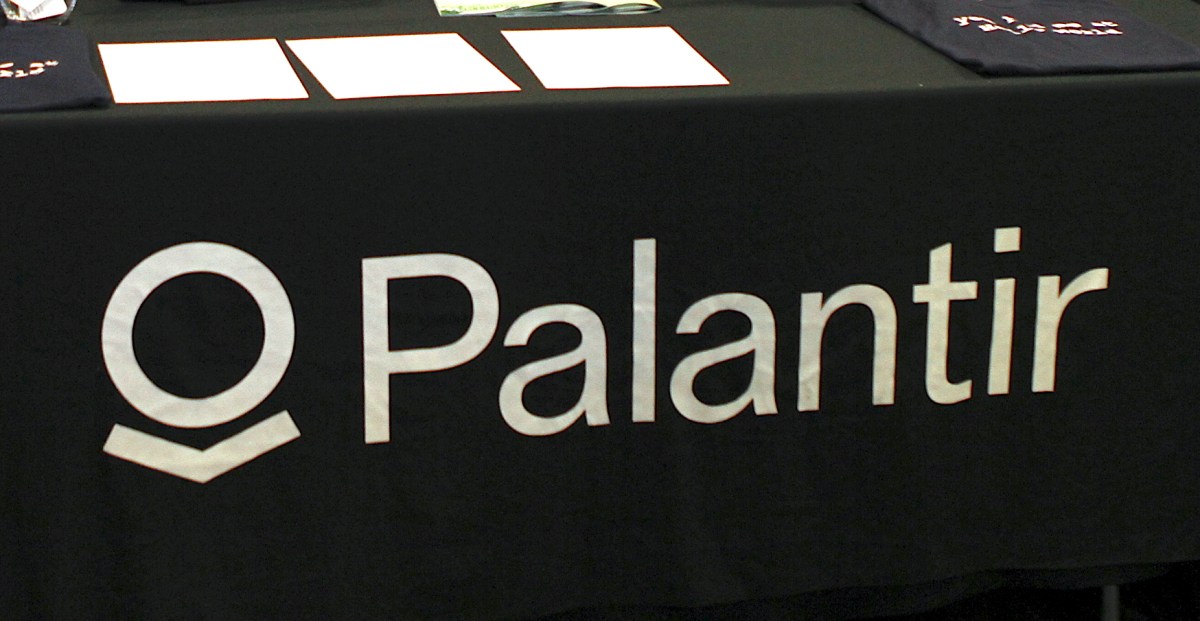ARPA-H enters $19M contract with Palantir for artificial intelligence, data software

The Advanced Research Projects Agency for Health will use Palantir’s AI and data software to support its data infrastructure and track the progress of its research programs under a $19 million contract being announced Thursday.
Under the two-year contract, ARPA-H will deploy Palantir’s AI Platform (AIP) and Foundry software to “rapidly collect, synthesize, analyze, and make decisions from a range of data sources,” according to a release shared with FedScoop ahead of the announcement. Those tools will be used with a variety of agency operations, including with performance data related to ARPA-H’s programs to help the agency track progress and make decisions.
Alastair Thomson, the acting director of data innovation at ARPA-H, told FedScoop that when it comes to internal operations, the agency’s goal “is to be very, very data driven.” That extends to the design of the agency’s programs and how they’re monitored.
“We want to find what is revolutionary, not evolutionary, and so to do that, we’ve got to understand really what is the state of the art in a particular field?” Thomson said. “And so a lot of that comes from data.”
The contract comes as ARPA-H is still building its infrastructure. The Department of Health and Human Services agency was established in 2022 to support ambitious and innovative research in health and biomedical fields. Its programs so far include strengthening hospital infrastructure in the face of cyberattacks, developing technologies to remove cancerous tumors, and building a mobile health program powered by electric vehicles.
“We’re a new agency. We don’t have a lot of systems in place,” Thomson said. “Palantir is going to be a big part of implementing those systems that are really tailored in a way that makes sense to our unique mission.”
Though Thomson also noted an advantage of being a new agency from an infrastructure standpoint is that “we’re not just talking about cloud-first — we’re cloud-only.” Already Palantir has deployed a cloud-based instance of its data platform at the agency. An appeal of the technology to ARPA-H, Thomson said, was how quickly they could get it up and running.
Hirsh Jain, the head of public health and senior vice president of federal at Palantir, told FedScoop that the company is excited about bringing software systems to ARPA-H to help the agency “run their own core operations more effectively.”
ARPA-H is a “really unprecedented opportunity to drive research and development in health care in the private sector in a way that has the potential to be so instrumental to achieving the next generation of health outcomes,” Jain said.
What Palantir’s software is “going to do is provide a lot of the core infrastructure necessary to run those programs, make those R&D investments, [and] allocate those dollars as effectively as possible,” Jain said.
Foundry is a software that’s aimed at data integration and helping organizations pull existing data sources together and map it into what Palantir calls the “ontology,” which is a way for an organization to see its operations, Jain explained. AIP, which launched last year, is a way for organizations “to use large language models on top of their existing data that they already have access to,” he said.
When it comes to monitoring its programs, Thomson said the software will help the agency inform decisions with data. Each of the agency’s programs have metrics, milestones and deliverables that the agency “aggressively” monitors, he said, and something ARPA-H doesn’t want to do is continue trying something that isn’t working.
“Making good data-driven decisions about when to stop and pivot and try a different approach is really, really critical to us,” Thomson said.
Ultimately, some of the insights from those platforms are intended to be made public. “Our intent is to leverage the platform to produce reports and analytics and things that can be made available to the public as time goes on, so they can see, yes, we are being effective,” Thomson said.
Another area the agency plans to use the AI capabilities of the software for is analyzing the scientific context that a particular program is operating by synthesizing related publications and other sources of knowledge related to that area.
“There are things that we can very quickly assess using AI and get a perspective on it,” Thomson said. He added that reviewing publications and other information is still part of the process, but AI helps to “get a more complete perspective on things because it’s able to have a much broader view.”
In addition to providing the softwares, Palantir will also provide training and data analytics for operating staff at the agency. Thomson said ARPA-H wants to create a culture of data within the agency and the training will help staff make use of the data.
“You can’t be a learning organization without understanding how to understand your data,” he said, adding “training is an important part for us.”

